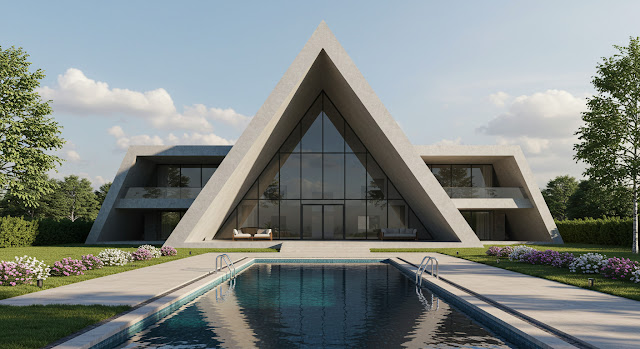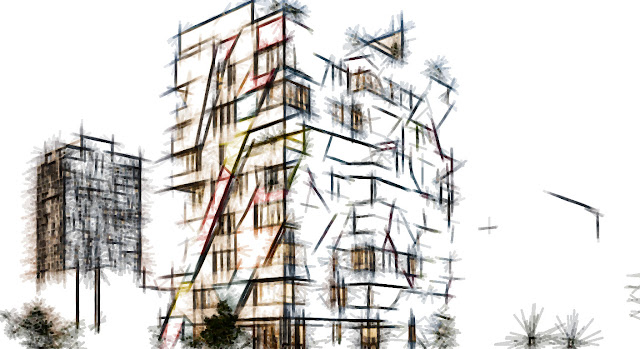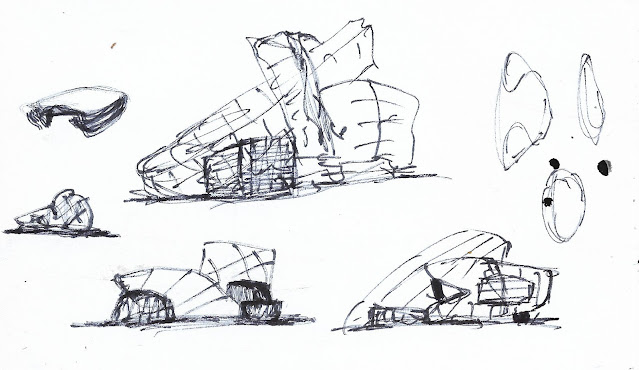Freelance vs. Firm: Which Path Is Right for You in Architecture?
In architecture, career paths are as diverse as the designs we create.
One major crossroads every architect faces is this: Should I work for a firm, or build my career as a freelancer?
Both routes offer exciting opportunities — and unique challenges.
Choosing the right one depends on your personality, goals, and lifestyle.
Let's break down the key differences and help you decide which path might be right for you.
Life in an Architecture Firm
Working at a firm often provides structure, collaboration, and mentorship — ideal for learning and growing early in your career.
Advantages:
-
Mentorship & Team Learning: Working alongside experienced architects can dramatically accelerate your skills.
-
Resources & Big Projects: Firms often have access to large projects, cutting-edge software, and professional networks.
-
Job Stability: Salaries, benefits, and predictable hours (depending on the firm!) offer financial security.
-
Defined Roles: You'll likely specialize in certain tasks — drafting, client meetings, construction documents — building deep expertise.
Challenges:
-
Limited Creative Control: Designs are often shaped by senior architects or firm culture.
-
Office Politics: Like any corporate environment, navigating hierarchies and competition can be tough.
-
Work-Life Balance: Some firms expect long hours, especially before project deadlines.
Best for:
Those who thrive in team environments, value mentorship, and seek stability while developing a career foundation.
Life as a Freelance Architect
Freelancing offers independence, flexibility, and the chance to build your personal brand — but it's not for the faint-hearted.
Advantages:
-
Creative Freedom: You choose the projects, styles, and clients you want to work with.
-
Flexible Schedule: Work when and where you want — better work-life balance is possible.
-
Business Skills: You'll develop entrepreneurial abilities like marketing, client management, and financial planning.
-
Personal Brand Building: Your work and reputation are yours alone to grow.
Challenges:
-
Uncertain Income: Projects can be irregular, and slow periods require financial planning.
-
Self-Management: You handle everything — marketing, contracts, invoicing, taxes, and client communications.
-
Limited Resources: No built-in team or firm-provided software unless you invest yourself.
-
Networking Pressure: Finding and retaining clients is a constant part of the job.
Best for:
Those who are self-motivated, enjoy autonomy, and are willing to hustle for their own success.
Key Questions to Ask Yourself
To help you decide, reflect on these:
-
How comfortable am I with financial uncertainty?
-
Do I prefer working independently or collaborating within teams?
-
Am I ready to take on business and legal responsibilities?
-
How important is creative control to me?
-
Do I need a steady paycheck right now, or can I risk variability?
-
Am I willing to constantly market myself and network?
Can You Do Both?
Absolutely.
Many architects start in firms to build experience and a network, then transition to freelance work later.
Others freelance on the side while working part-time for a firm.
Some architects even create hybrid careers, combining consulting, teaching, and freelance design.
The important thing is to stay flexible and allow your career to evolve with your interests and goals.
Final Thoughts
In architecture, there is no one-size-fits-all career path.
Both firm life and freelancing offer rich, rewarding experiences — but in very different ways.
If you crave structure, teamwork, and steady growth, a firm might be your best fit.
If you seek creative freedom, autonomy, and entrepreneurial adventure, freelancing could be your calling.
Ultimately:
Choose the path that supports who you are today — and be brave enough to pivot as you grow.
Your architecture journey is your own masterpiece to design.





_1.jpg)
_2.jpg)
_1.jpg)
_2.jpg)
_1.jpg)
_2.jpg)
_1.jpg)
_2.jpg)
_1.jpg)
_1.jpg)
_2.jpg)
_1.jpg)
_2.jpg)
_1.jpg)
_2.jpg)


























_1.jpg)
_2.jpg)
_1.jpg)
_2.jpg)
_1.jpg)
_2.jpg)
_1.jpg)
_1.jpg)
_2.jpg)
_1.jpg)
_2.jpg)
















